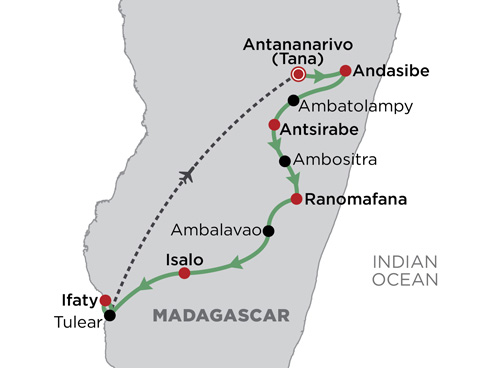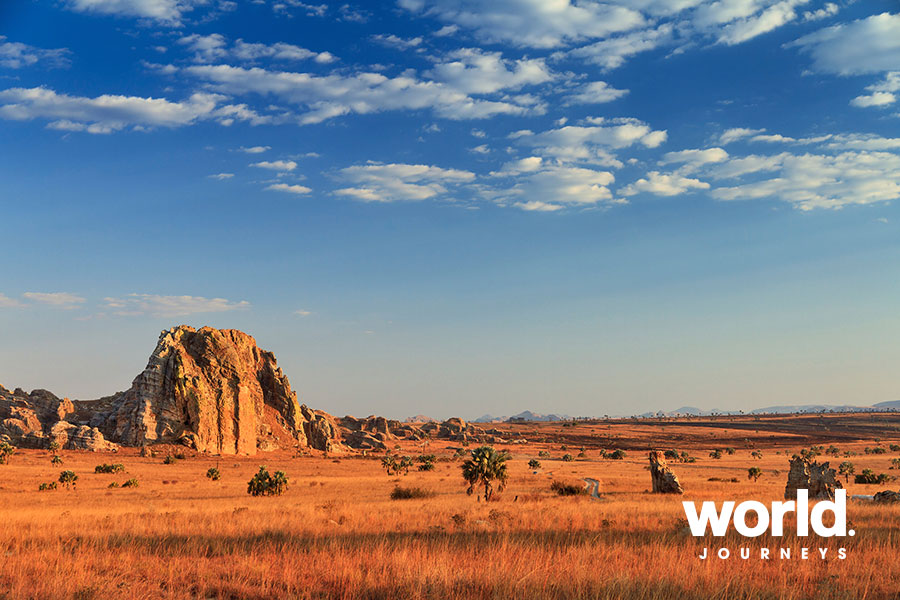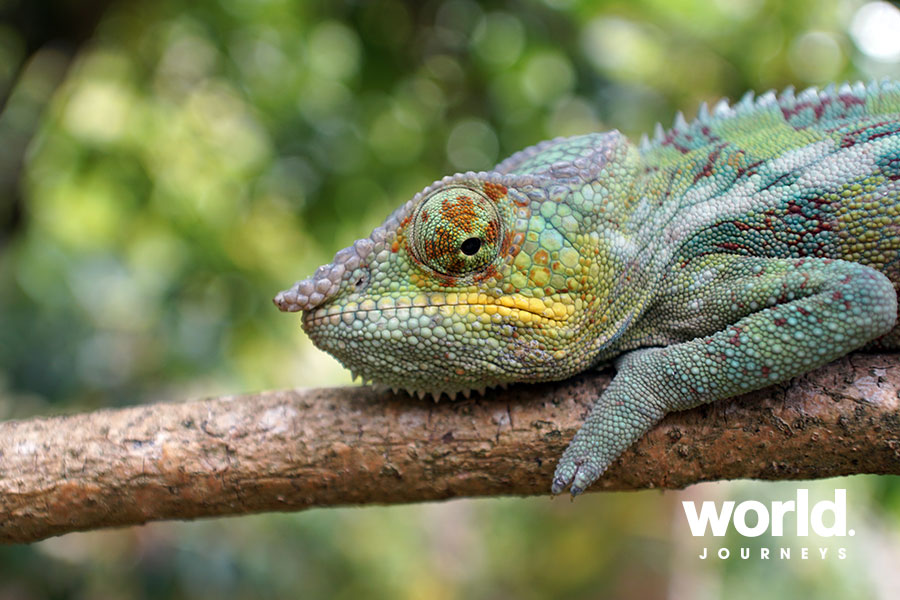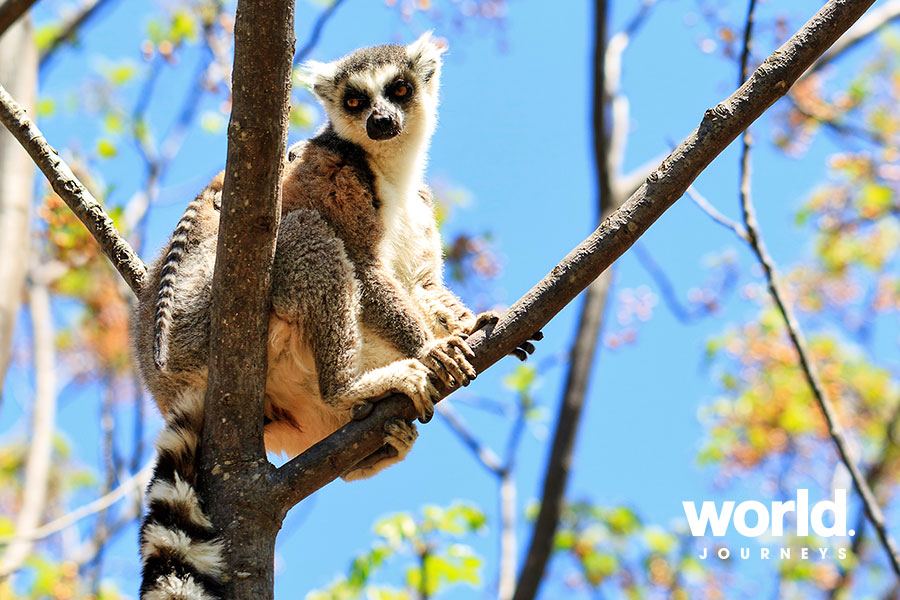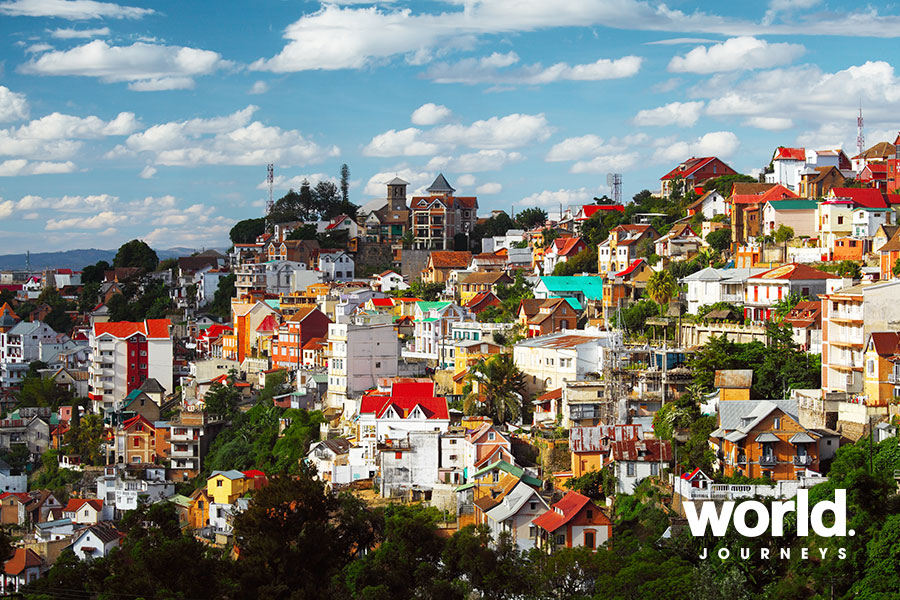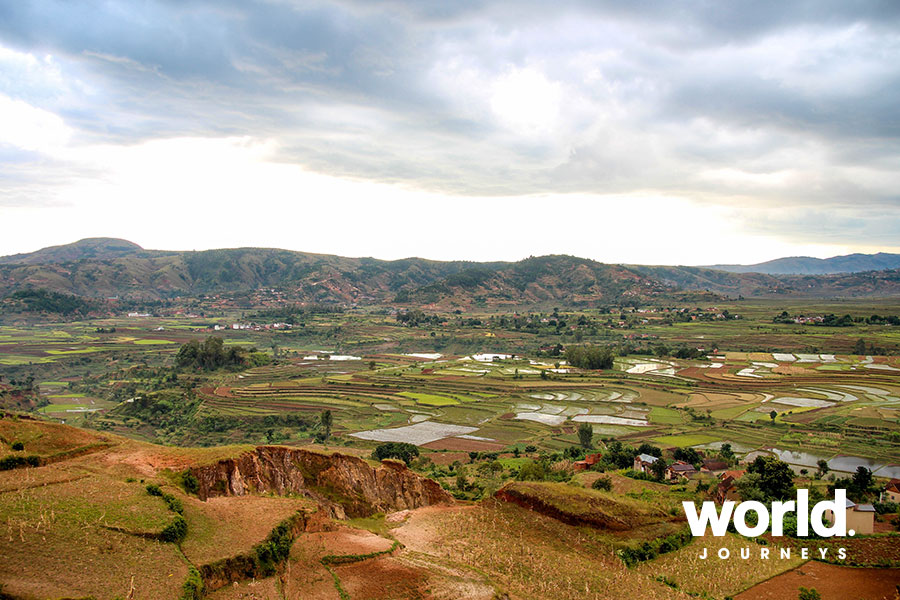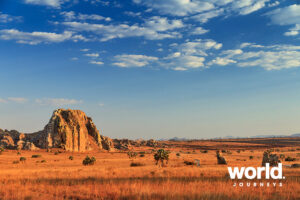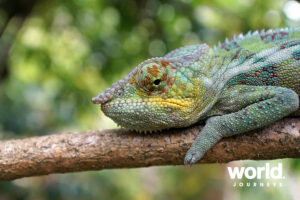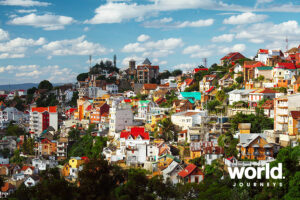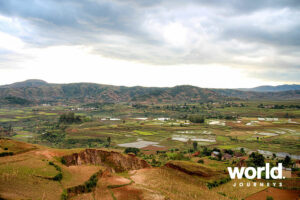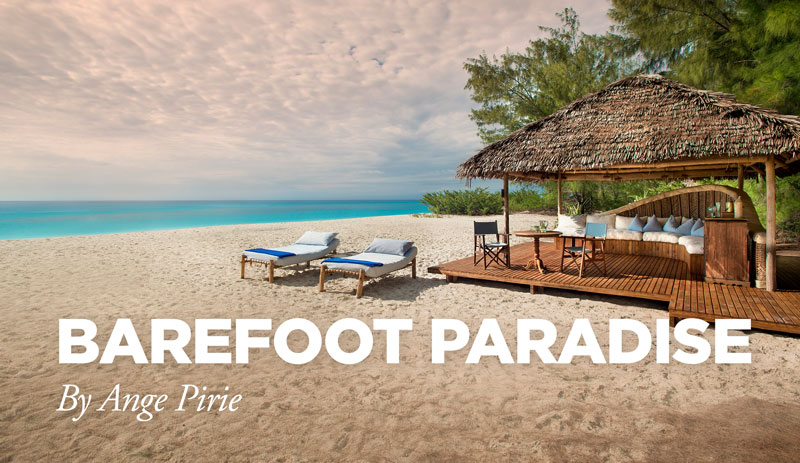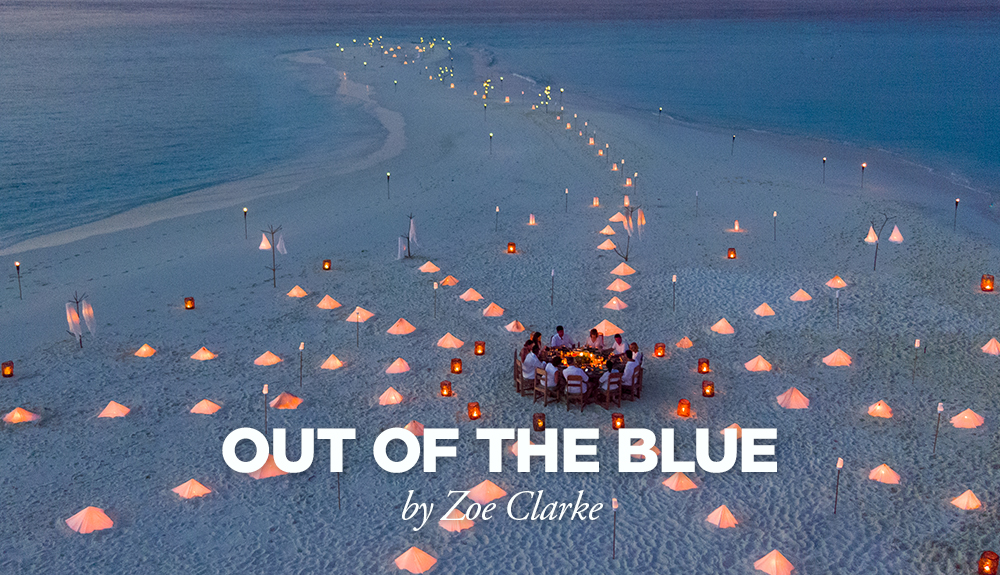Lemurs and Wildlife
• Andasibe Nature Reserve • Ranomafana National Park • Highlands • Ambavalao • Isalo National Park • Ifaty
| PRICE FROM | DURATION | |
|---|---|---|
|
NZD
$10,100
|
Days
11
|
Nights
10
|
| PRICE FROM | DURATION | |
|---|---|---|
|
NZD
$10,100
|
Days
11
|
Nights
10
|
Introduction
With exotic wildlife and dramatic, contrasting landscapes, Madagascar is truly a destination for avid travellers.
You will be guaranteed a warm welcome from the friendly locals who are an eclectic and fascinating mix of Indonesian, French, Arab and African descent. The country is probably most well known as the home of the quirky and charming lemur. Isolated from widespread evolutionary change, there are almost 60 different species of lemur; ranging from the large Indri, characterised by its whale-like singing, to the 30 gram pygmy mouse lemur. Madagascar is a destination that you should ensure is on your bucket list for sooner rather than later.
Itinerary
Day 1 : Antananarivo > Andasibe
On arrival in Antananarivo, the capital of Madagascar, you will be welcomed by your English speaking guide. After a short briefing, drive to Andasibe through the green and luxuriant vegetation of the east. This first step brings us to a very humid part of the country with many primary forests and lakes. Along the way you will see Merina villages in the rocky mountains. Arrive at Andasibe and later go on a night walk in the area of Andasibe to observe night active lemurs and other nocturnal animals.
Day 2 : Andasibe National Park
Morning visit to the Special Reserve of Andasibe to see the Indri Indri, the largest lemurs on the island. This 810 ha reserve is unique with its endemic fauna and flora and contains a wide variety of orchids, canopy, and endemic animals like chameleons, tenrecs, and many birds. After the visit we walk through the orchid park to admire the beautiful flowers. In the afternoon, visit Mantadia National Park where the variations in altitude create a different habitat and animal species from Andasibe.
Day 3 : Andasibe > Antsirabe
We drive back to Antananarivo, and head south to Antsirabe, across the highland landscape with its beautiful rice fields on display. The spectacular eroded hills called ‘lavaka’ remind us of the Far East with its rice fields and green landscape with vegetables and fruit trees. Stop in Ambatolampy for a quick visit to this huge agricultural city, also recognised as a source of aluminium. Arrival in Antsirabe is around 5pm. ‘The place of salt’ is an elegant city and known as the centre of the beer industry – we can smell the Star Brewery as we enter the town! Founded by Norwegians in 1856, it is the only place which really feels and looks like a European city. It has a temperate climate and therefore fruit and vegetables which grow in colder climates, are found in Antsirabe.
Day 4 : Antsirabe > Ranomafana
After breakfast we drive to Ambositra, the centre of Madagascar’s wood carving industry. The highlands are characterized by its architecture: The houses are made with ornately carved wooden balconies and shutters with bright colours. Further on we pass the ‘le col de tapia’, a type of tree resistant to bush fires. The landscape is still dominated by rice fields, pine forests, eucalyptus trees and rocky mountains. We turn off from the main road to reach our destination for the day: Ranomafana National Park.
Day 5 : Ranomafana National Park
The approximately 40,000 ha of Parc National de Ranomafana with its rain forest covered hills and abundant wildlife, has long been considered one of Madagascar’s highlights, and is one of the country’s national parks most heavily visited. Its entrance lies about 7 km from Ranomafana village and altitudes in the park range from 800 m to 1200 m. In addition to its densely forested hills, Ranomafana’s terrain is characterised by numerous small streams which plummet down to the beautiful Namorona River. Although much of the region has been logged, the easternmost part of the park retains relatively large areas of primary forest. You will go for long walks in the National Park spotting some of the lemurs, chameleons and other animals.
Day 6 : Ranomafana > Ranohira, Isalo
Returning on the road we came on, we leave Ranomafana and pass Fianarantsoa ‘the city where one learns good things’. It is the gate to the South, the capital of the Betsileo tribes and the centre of the catholic religion. Most of the best schools in the country are also found here. We then head southwards, with our first stop in Ambalavao to visit a wine industry for wine tasting. Ambalavao is the centre of wine industry – the climate is said not to be ideal for grape vines, but it is a tradition left by the priests and monks who lived in the area of Fianarantsoa. Still in Ambalavao, visit the ‘Anteimoro Paper Factory’ which is a vestige of the Arabian civilisation on the island.
Continue to Ihosy the capital of the Bara tribes, who are shepherds of Zebu, and further on pass through the mountain chain of Andringitra, which serves as a transition between the dry south and green highlands with its famous ‘3 hillocks’ and its huge ‘archbishop’s cape’. Along the way you will see from afar a spectacular huge granite dome with twin rock towers called ‘the gate of the south’, which in fact marks the end of the highland and the beginning of the south. The ‘Bishop’s hat’ is another noticeable, imposing formation and a sacred location for the local people – a place where their ancestors chose a collective suicide rather than to give in to the Merina tribes. You then pass through the huge ‘Plateaux de Horombe’ with its very deep red soil, which reminds us of ‘the no man’s land’ and arrive in Isalo.
Day 7 : Ranohira, Isalo > Isalo National Park
Today, we will visit and hike in the Isalo National Park. The park covers an area of 81,540 ha, comprising of the entire stretch of the Isalo massif. This huge mountain is very spectacular with its eroded sandstone elevations. After a 10 minute drive from Ranohira village, we park our car and walk about 90 minutes to reach the Natural Swimming Pool. Along the way you will see vegetation like Uapaca bojeri, Pachypodium rosulatum or ‘elephant’s foot’ and Aloe isaloensis, a native species of aloe endemic to Isalo. The eroded mountains also served as a place where the Bara kept their dead before they could bury them in their actual tombs.
Start your climb and reach the massif after walking about 20 minutes, where you will have a spectacular view of the huge sandstone mountains with its beautiful colours and its strange and battered formations creating many different images like ‘the tortoise’, ‘the masks’ and ‘the crocodiles’. You see small streams of water, and rivers which are marked by lines of brilliant green, generally made up of numerous Pandanus pulcher and the delicate, slim- stemmed, feathery leaved palm Chrysalidocarpus isaloensis. Along the way, there may be sifakas, brown lemurs and ring-tailed lemurs, as well as fifty-five species of birds, lizards and snakes. Finally reach the swimming pool, with its crystal clear water – a great reward after a long and very hot walk.
Day 8 : Ranohira > Ifaty
After breakfast, we continue to Tulear, the terminal of the National Road Number 7. This part of our journey brings us to new scenery among the dry forests of the west and the spiny desert of the south. On the way, we admire the different ‘Mahafaly tombs’ and the ‘Antandroy tombs’. After a short visit of Tulear we drive to Ifaty, which lies about 27 km from Tulear. The drive to Ifaty, the driest part of the country, might take around 2 hours and 30 minutes depending on road conditions.
Situated in the Deep South, the landscape is dominated by the cactus-like, spiny forest and many different plant species. You will cross the dry and sandy soil where the local people battle to find drinking water. Mangrove trees line the coast alternated by Vezo communities which earn their living from fishing. We will see many small pirogues with men who go out fishing twice a day, while children and women wait on the coast to collect the fish before taking them to Tulear for sale. You can enjoy lunch in this area. Join an afternoon city tour and later, transfer to Ifaty.
Day 9 : Ifaty
Ifaty lies on the beach. It is therefore an ideal place for diving and snorkelling and a popular place for birdwatchers. Here you can also experience the Vezo fishermen’s life. Many optional excursions are possible on this leisure day and can be booked via your hotel (at your own expense).
Day 10 : Ifaty > Tulear > Antananarivo
Early after breakfast, transfer to the airport for the flight back to Antananarivo. After check-in at the hotel, you have the afternoon free at leisure. The capital of Madagascar is also called the ‘City of Thousands’ and it is where the first King started to unify the different kingdoms of the island.
Antananarivo was built in three stages: The high city, the first area occupied during the regal period where the old queen’s palace is situated; the mid-city, where all the chic boutiques of the capital are found; and then the low city, which is the commercial area of the town. Walk from the high city to see the Rova, the queen’s palace, and the house of the first minister during these days, which is now a museum. All of these were built by Frenchman Jean Laborde during the royal period. The mid-city, or the administration area, ends at the Rainiharo tombs and the lower town is situated in the main avenue called ‘L’avenue de l’independence’ dominated by the railway station.
Day 11 : Antananarivo
After breakfast, you will be transferred to the airport for your onward flight.
Need Help?
Pricing
Pricing (per person), NZD
TYPE |
TWIN from |
SINGLE from |
|---|---|---|
|
2025 |
||
| 01 May – 31 Dec |
NZ$10,100 |
NZ$15,625 |
|
2026 |
||
|
01 Jan – 31 Jan |
NZ$10,100 |
NZ$15,625 |
| 01 Feb – 31 Oct |
NZ$11,555 |
NZ$18,060 |
2025
01 May – 31 Dec
Twin from: $10100
Single from: $15625
2026
01 Jan – 31 Jan
Twin from: $10100
Single from: $15625
01 Feb – 31 Oct
Twin from: $11555
Single from: $18060
Departs
| Daily, year-round |
Type of Journey
Tailor-made journey: This itinerary can be tailor-made, with the number of days, places visited, and activities varied to suit you.
Included
- 10 nights’ accommodation
- 10 breakfasts and 6 dinners
- Meet & greet at Antananarivo Ivato International Airport
- Private transfers as per the itinerary
- English-speaking guide on Day 1-8 and Day 10
- English-speaking local guides in the national parks and reserves
- Private sightseeing as per the itinerary
- Economy class flight Tulear > Antananarivo
- National park and reserve fees
Not Included
- Gratuities
Important Notes
- Pricing varies due to fluctuations in exchange rates; please contact us for current pricing or other changes
- The price of the included flight is subject to change
- Accommodations in Madagascar are best available with a mix of categories and reflect the rustic nature of the destination
Please refer to World Journeys terms & conditions

